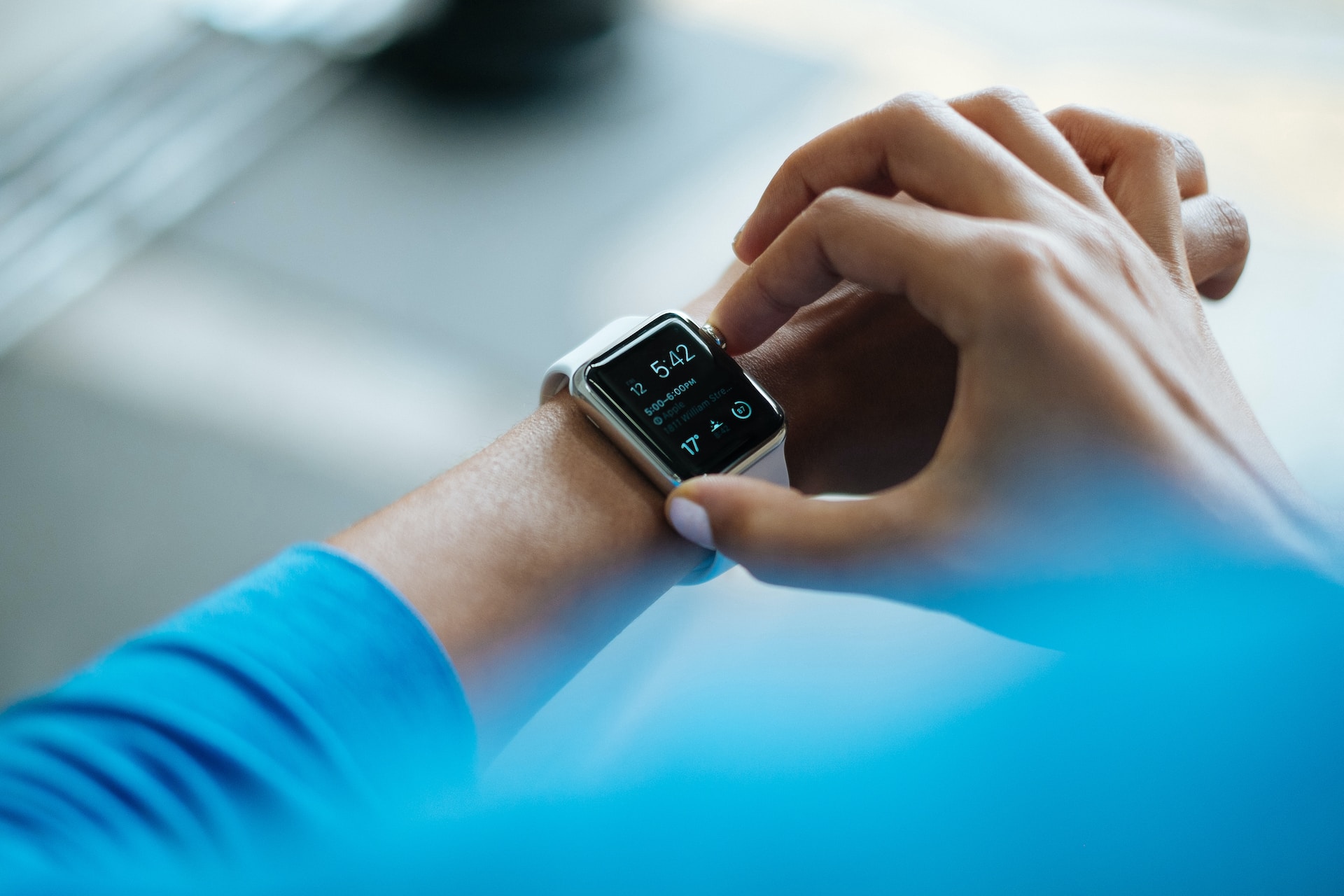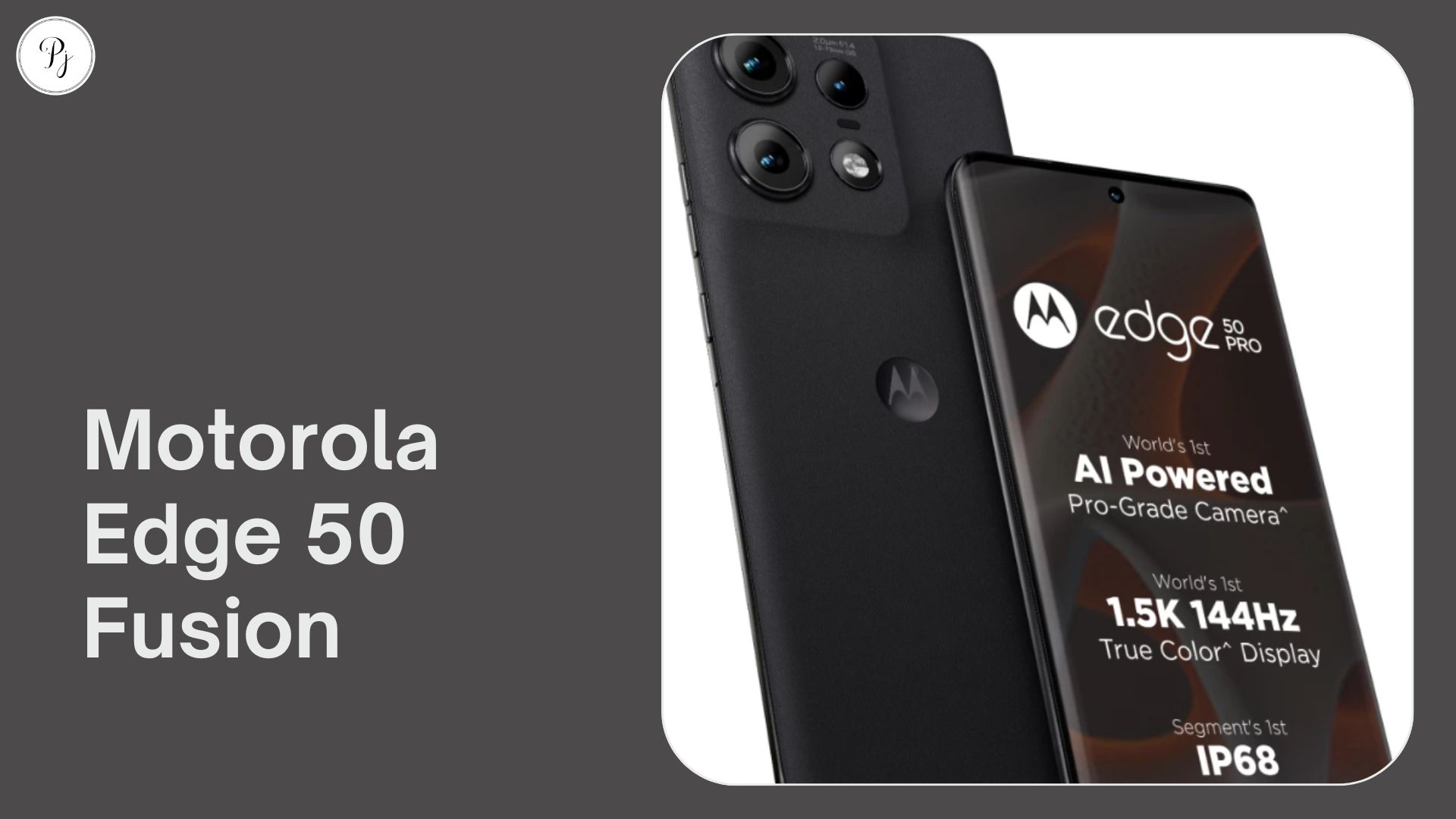Wearable technology in healthcare is not a new concept, but it has gained a lot of popularity and innovation in recent years. It can offer many benefits for both consumers and healthcare providers. In this article, we will explore some of the latest trends, updates, and news on wearable technology in healthcare until October 2023.
What is Wearable Technology in Healthcare?
Wearable technology in healthcare refers to any electronic device that can be worn on the body or attached to clothing. These devices usually have sensors that can collect and transmit data to other devices or platforms, such as smartphones, computers, or cloud services. Some of the common functions of wearable technology in healthcare are:
- Tracking physical activity, such as steps, calories, heart rate, sleep quality, etc.
- Monitoring health conditions, such as blood pressure, blood glucose, oxygen saturation, etc.
- Providing feedback or alerts, such as reminders, notifications, alarms, etc.
- Enhancing user experience, such as music, games, navigation, etc.
Wearable technology in healthcare can be classified into different categories based on their purpose and functionality. Some of the main categories are:
| Category | Description | Examples |
|---|---|---|
| Fitness trackers | Devices that measure and record various aspects of physical activity and fitness | Fitbit, Garmin, Xiaomi Mi Band |
| Smartwatches | Devices that have similar features as fitness trackers, but also offer additional functions that are usually found on smartphones | Apple Watch, Samsung Galaxy Watch, Huawei Watch GT 2 Pro |
| Biosensors | Devices that measure and analyze biological signals or substances in the body | Dexcom G6 (blood glucose sensor), Abbott FreeStyle Libre 2 (blood glucose sensor), Masimo MightySat (oxygen saturation sensor) |
| ECG monitors | Devices that measure and record the electrical activity of the heart | AliveCor KardiaMobile 6L (portable ECG device), Withings ScanWatch (smartwatch with ECG function), Apple Watch Series 4 and later (smartwatch with ECG function) |
Why is Wearable Technology in Healthcare Important?
Wearable technology in healthcare has the potential to transform the sector in many ways. Some of the benefits of wearable technology in healthcare are:
- Improving patient outcomes: Wearable devices can help patients monitor their health conditions and receive timely feedback or alerts. This can help them prevent complications or seek medical attention when needed. For example, a study by Stanford University found that wearable devices could detect COVID-19 infections up to nine days before symptoms appear.
- Reducing healthcare costs: Wearable devices can help patients manage their health conditions at home or remotely. This can reduce the need for hospital visits or admissions. For example, a study by Mayo Clinic found that wearable devices could reduce hospitalizations for heart failure patients by 33%.
- Enhancing patient engagement: Wearable devices can help patients stay connected with their healthcare providers or caregivers. This can improve communication and collaboration between them. For example, a study by Kaiser Permanente found that wearable devices could increase patient satisfaction and adherence to treatment plans.
- Empowering patient autonomy: Wearable devices can help patients take control of their health and wellness. This can increase their self-awareness and self-confidence. For example, a survey by Accenture found that 80% of consumers said that wearable devices helped them improve their health.
What are the Latest Trends in Wearable Technology in Healthcare?
Wearable technology in healthcare is constantly evolving and innovating to meet the changing needs and expectations of consumers and healthcare providers. Some of the latest trends in wearable technology in healthcare are:
- Generative AI: This is a type of artificial intelligence that can create new data or content based on existing data or content. It can help wearable devices generate personalized recommendations or insights for users based on their data or preferences. For example,
- Google’s Project Baseline uses generative AI to create personalized health plans for users based on their wearable data.
- Lumen uses generative AI to create customized nutrition plans for users based on their breath analysis.
- Hybrid devices: These are devices that combine the features of different types of wearable devices. They can offer more functionality and versatility for users. For example,
- Omron HeartGuide is a hybrid device that combines a blood pressure monitor and a smartwatch.
- Bose Frames are hybrid devices that combine sunglasses and headphones.
- Smart clothing: These are garments or accessories that have sensors or electronics embedded in them. They can offer more comfort and convenience for users. For example,
- Hexoskin is a smart clothing brand that offers shirts, pants, and vests that can measure various biometric data, such as heart rate, breathing rate, temperature, etc.
- Nadi X is a smart clothing brand that offers yoga pants that can provide haptic feedback to guide users through yoga poses.
- Augmented reality: This is a technology that can overlay digital information or images on your real-world view. It can help wearable devices enhance your user experience or provide additional information. For example,
- Snap Spectacles are augmented reality glasses that can capture and share your perspective with others.
- Mojo Vision is developing augmented reality contact lenses that can display information on your eye.
What are the Future Opportunities and Challenges for Wearable Technology in Healthcare?
Wearable technology in healthcare has a bright future, but it also faces some challenges and limitations. Some of the future opportunities and challenges for wearable technology in healthcare are:
- Opportunities:
-
-
- Expanding the scope and scale of wearable devices to cover more health conditions and populations.
- Integrating wearable devices with other digital health platforms or systems, such as electronic health records, telehealth, blockchain, etc.
- Leveraging wearable devices to support preventive care and wellness programs, such as mental health, fitness, nutrition, etc.
-
- Challenges:
-
- Ensuring the accuracy, reliability, and validity of wearable data and algorithms.
- Protecting the privacy, security, and ownership of wearable data and users.
- Addressing the ethical, legal, and social implications of wearable technology in healthcare.
Conclusion
Wearable technology in healthcare is a fascinating and rapidly growing sector that has a significant impact on the sector. As we step into 2023, it’s the perfect time to take a closer look at the future of wearable technology in healthcare. By understanding the current trends, benefits, challenges, and opportunities of wearable technology in healthcare, we can better prepare ourselves for the upcoming changes and innovations in this field.
5 Unique FAQs
- How do wearable devices help manage diabetes? Wearable devices for diabetes management monitor blood glucose levels continuously, allowing individuals to make real-time adjustments to their insulin intake.
- Are wearables safe to use in pediatrics? Yes, many wearables designed for children offer safety features and allow parents to monitor their children’s health in a non-invasive manner.
- Can wearables accurately measure blood pressure? Yes, modern wearables are equipped with sensors that can accurately measure blood pressure, providing valuable health insights.
- What are the privacy concerns related to wearable technology in healthcare? Privacy concerns mainly revolve around the security of personal health data. Users should choose devices from reputable manufacturers with strong privacy policies.
How do wearables integrate with telehealth services? Wearables can transmit real-time health data to healthcare providers, enabling remote monitoring and more personalized care during telehealth appointments.





